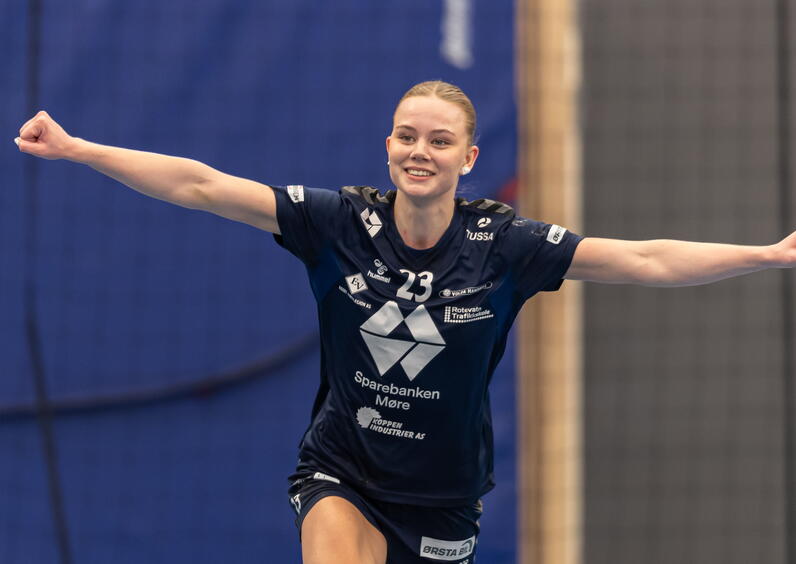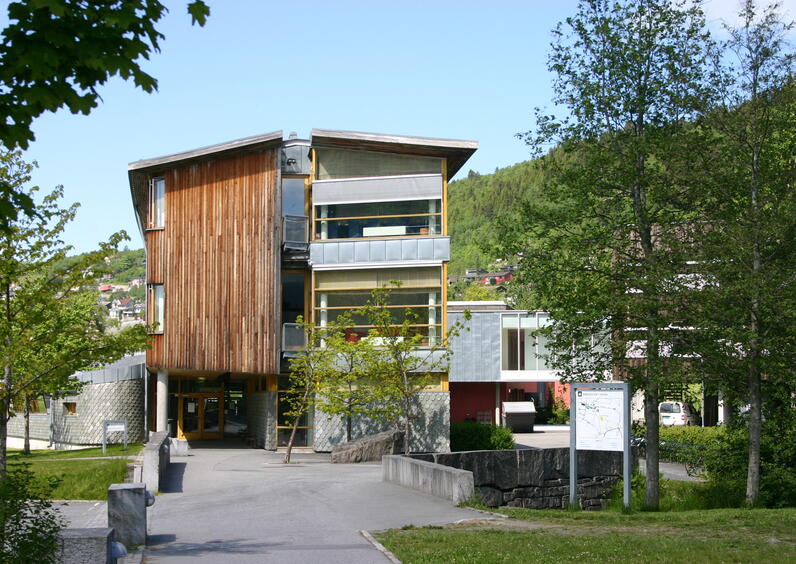They are researching students with dyslexia, ADHD and ASD in higher education
Students with disabilities and impairments know that they can get facilitation, but they don't know what measures can help them, new research showes carried out by staff at Volda University College.

Kari Eldby Rygg, Liv Ingrid Aske Håberg and Beate Farstad started the SMART research project last year. Foto: Lene Mo Flataker / Volda University College
– By interviewing students with different diagnoses, we get a bigger understanding of how challenges linked to several types of disabilities and impairments can manifest themselves, says the group behind the SMART research project.
– They have invisible difficulties, which can present challenges. Meeting people, especially in a study like this, means that we get a unique insider-perspective on what it’s like for them to be students and have these challenges, says Liv Ingrid Aske Håberg, associate professor at Volda University College.
Together with the two lecturers Kari Kathrine Eldby Rygg and Beate Farstad, they formed research project SMART in February 2022. SMART stands for Student, Mastery, Academica, Realization and Facilitation.
– Facilitating for students is especially important with regard to social equalization in society, Farstad says.
The aim of the research project is to investigate what information HE-institutions in Norway present on their websites for students with functional disabilities, and how students with dyslexia, ADHD or ASD such as Asperger’s syndrome cope or master higher education.
– I think that gaining more knowledge in this field will benefit students in the long run, Farstad continues.
More responsibility from high school to HE
In addition to investigating content on the HE institutions’ websites, the project group has complet qualitative interviews with 14 students from all over Norway who either have a diagnosis of dyslexia, ADHD or Asperger’s syndrome. In the interviews, they asked about academic learning related to lectures, written submissions and exams.
– These students have a problem and know that they can get help, but they don’t know what can actually help. This can result in them struggling with their difficulties alone, Rygg says.
Håberg adds that the responsibility for getting the help one needs is very different from high school to higher education.
– You may come straight from getting special in high school, where you had your own study plans and fascilitation, while in higher education it’s the student who has to take the initiative, investigate and be their own lawyer, she says and continues:
– When you don’t know what highter education entails, you don’t get a complete overview of what measures are available and who you can contact. Some students would like to try for themselves, but don’t know what to ask for because thet don’t know what they need. This is consistent in international research literature.
Writing several articles
Håberg, Rygg and Farstad are all educated special education teachers and have experience from working in kindergarten, school and PPT (The Norwegian Educational and Psychological Counselling Service).
– By interviewing students with different diagnoses, we get a bigger understanding of how challenges linked to several types of disabilities and impairments can manifest themselves. We feel a proper sense of ownership of this project, Rygg says.
The project group is well underway with writing scientific articles, both about tje content on the HE institutions’ websites and what has emerged in the interviews. The SMART research project articles aim to make the HE institutions more critical of what is published on the institutions’ websites.
– The main point is what you can write on the websites. On the other hand, you must give a precise and good description on the websites of the measures that the institutions offer, Håberg says.
In March, Rygg and Håberg participated in the NERA conferense (The Nordic Educational Research Association) in Oslo with a poster illustrating the two main directions in the SMART research project – an analysis of the websites and interviews, in addition to a paper on «ASD students in higher education».
And in August, SMART will also be presented at the international EARLI conference (European Association for Research on Learning and Introduction) in Thessaloniki, Greece, with a paper on students with dyslexia and what facilitation measures are offered in the HE sector.






